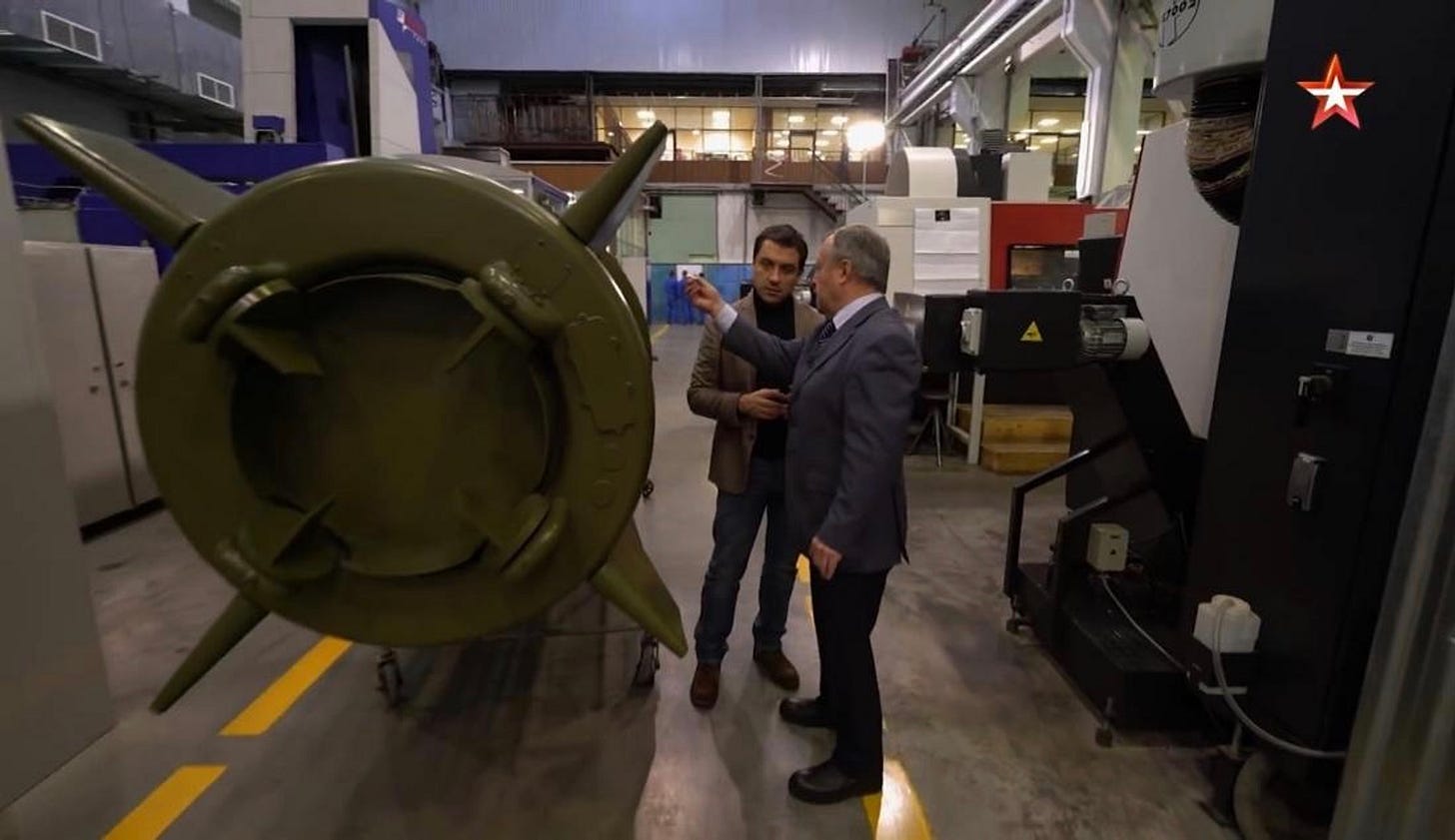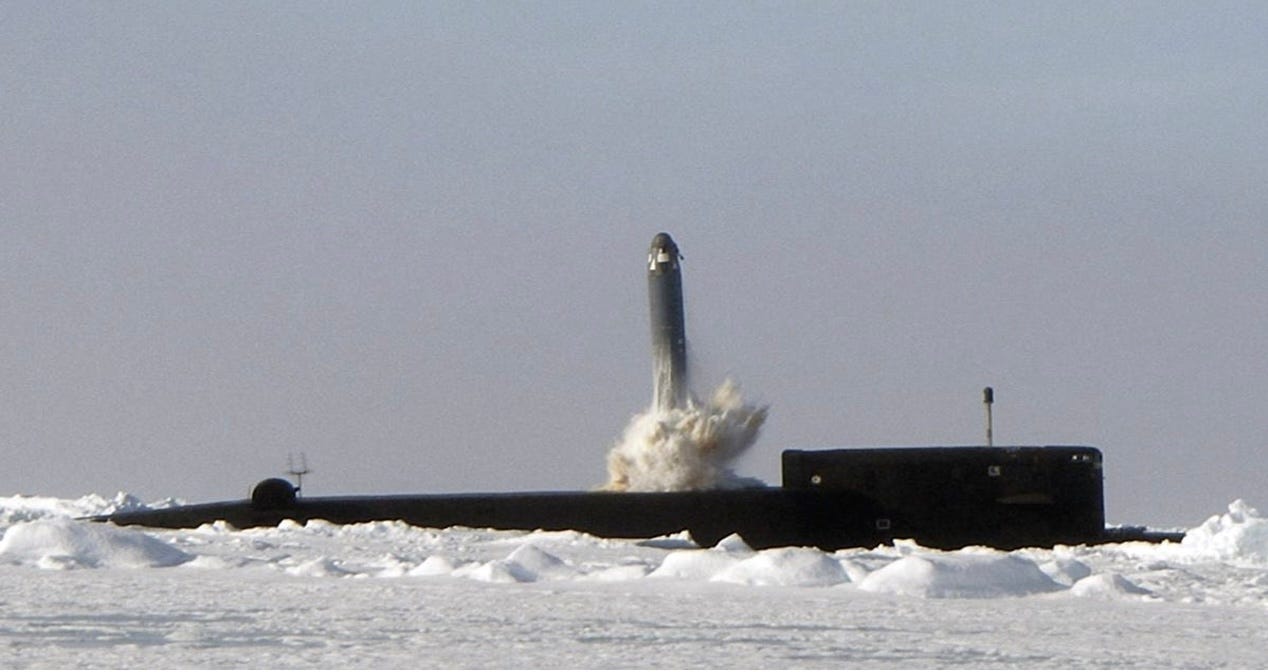CONTENTS
Introduction
Part 1. How missiles are made . . . . . . . . . . . . . . . . . . . . . . . . . . . . . . . . . . . . . . . . . .1
Part 2. Who produces machine tools? . . . . . . . . . . . . . . . . . . . . . . . . . . . . . . . . . . . 3
Part 3. The mechatronic revolution . . . . . . . . . . . . . . . . . . . . . . . . . . . . . . . . . . . . 14
Part 4. From the manual to computer control . . . . . . . . . . . . . . . . . . . . . . . . . . . .17
Part 5. How import dependent is Russia? . . . . . . . . . . . . . . . . . . . . . . . . . . . . . . . 24
Part 6. The Russian machine tool industry . . . . . . . . . . . . . . . . . . . . . . . . . . . . . . 26
Part 7. Who sells machine tools to Russia? . . . . . . . . . . . . . . . . . . . . . . . . . . . . . . 30
Part 8 What we did . . . . . . . . . . . . . . . . . . . . . . . . . . . . . . . . . . . . . . . . . . . . . . . . . . .33
Part 9. What we found . . . . . . . . . . . . . . . . . . . . . . . . . . . . . . . . . . . . . . . . . . . . . . . .45
Conclusion
Appendix. Scope of investigation
ABOUT US
Rhodus Intelligence is an OSINT company focused on the fundamental. We investigate how this world works. To understand its fundamental patterns, we ask simple questions. As we may not necessarily find the answers in a ready form, we produce them ourselves. We identify and examine sources scattered around the unobvious places. We integrate the knowledge scattered around the unobvious disciplines. We document the tacit and translate it to the layman tongue.
Our first investigation gives an understanding of what the Rhodus is all about. It started with a simple question. How can Russia produce missiles after having lost the Soviet machinery and Soviet craftsmanship? The question sounded treacherously basic. Yet, it was impossible to answer based on the literature available. As far as we could see, the quality description of Russian missiles production and the logic behind it did not exist. Therefore, we were to construct it ourselves, bit by a bit.
And that is how the Rhodus Intelligence was born.
Rhodus Intelligence. Study what matters
ACKNOWLEDGEMENTS
This investigation would be impossible to conduct without the financial support of our donors and contributors. It started with the outrageously generous donations from our subscribers, of whom we would like to specifically mention Brent Erickson and Mihai Badita. It continued thanks to the Emergent Ventures grant from the Mercatus Center (George Mason University), obtained through the good graces of Tyler Cowen. Among our collaborators, we are especially grateful to Sean Byrnes who edited and proofread our original drafts and to Mikhail Beliansky who helped us with processing and visualising the raw data.
INTRODUCTION
The Russian military doctrine is missile centric. Missiles serve as the principal element of the nuclear/non-nuclear deterrence system as well as a means of conventional warfare. The Russian ability to deliver the weapons of mass destruction and, therefore, to execute the nuclear blackmail relies upon the long range ballistic and cruise missiles. Their manufacture and maintenance continuing despite the unprecedentedly wide sanctions, suggests that both the targeting and implementation of sanctions is inefficient in undermining the Russian war production. With this report we propose a new look into the Russian missile industry’s chokepoints, specifically in its manufacturing equipment and production processes.
There's less continuity between the Soviet and the Russian military production than most presume. By the moment of its dissolution in 1991, the Soviet Union was going through an early stage of transition from manual to computer control. Its military industry was still primarily equipped with the manually controlled conventional machines. With the fall of the USSR, the Russian military production collapsed, many of the supply chains and knowledge ecosystems that supported it being effectively wiped out. By the end of decade, Russia had neither the Soviet machine tool industry, nor the Soviet labor capable of producing precise components manually.
In the 2000-2010s, Putin brought the military production back from the dead by replacing the machinist labor with the computerized equipment from Western Europe and to a lesser degree from the developed East Asia. As these supplies formed the manufacturing base of the Russian missiles industry, its capacity to execute the Soviet designs of weaponry, now relies upon the continuous import of spare parts and expendables from the U.S. allies. Contrary to the popular view, many of these supplies are difficult or impossible to substitute with the Chinese manufacture. Limitations of Chinese capabilities explain the otherwise strange invisibility of Chinese machines at the Russian missile producing plants until 2022.
Resurrected from the ashes of the 1990s, the Russian missiles industry developed over reliance on the integrated manufacturing solutions. As the post-Soviet collapse interrupted the continuity of Russian manufacturing tradition, modern Russia ended up with the military industrial workforce of highly uneven (generally low) quality. As every decision taken in the production process presented a potential point of failure, the most sophisticated military producers in Russia were forced to minimize the human decision making to improve consistency. Consequently, they ended up excessively reliant upon the one single company in the world that could provide the foolproof, all-in-one hardware and software solutions largely excluding the human factor from the factory floor.
Based on the Russian official self-estimates, we can describe the pre-war state of the Russian machine tool market with the 90/90 formula. Over 90% of machine tools were being imported, and over 90% were being purchased by the military producers. At this point we can assume that every metalworking machine, part and expendable shipped to Russia can and will be used for the military production purposes as there are no sizable non-military producers left. Therefore, there is no need to prove a connection between a specific Russian machine tool importer and a specific military producer. For the same reason, we can presume that all the foreign-provided technical and software support is currently supporting the military production processes.
Our investigation is based on a broad range of documental and visual sources along the supply chain, ranging from the official TV propaganda to the HR job postings. Integrating and cross-examining the data, we have constructed a representative picture of the Russian missiles industry’s manufacturing base, its bottlenecks and chokepoints, allowing for an efficient targeting and implementation of sanctions. Furthermore, we have developed the instruments and methodology for tracking the supply and maintenance chains for independent researchers to use. Based on the database of military industry’s procurements we have compiled, researchers, journalists and public bodies will be able to track and analyze the economic activities of the Russian missiles industry. This will serve to obstruct the missile industry’s supply lines and undermine Russian war production.
The Rhodus Intelligence report “How does Russia make missiles?” is based on our investigation of the 28 ballistic, cruise, anti-ship and air defense missile-producing facilities belonging to or associated with the four corporations of Roscosmos, Tactical Missiles Corporation, Almaz-Antey and Rostec. While far from exhaustive, this sample allows us to construct a comprehensive picture of the manufacturing base supporting the Russian nuclear/nonnuclear deterrence system as well as its strategic chokepoints. Whereas this report is focusing on the missiles production, our methodology is applicable to investigating the entire Russian military industrial complex, including the missiles, the nuclear weaponry, the aircraft, the navy, and the land army weaponry production.
Part 1. HOW MISSILES ARE MADE
Military production is the cornerstone of Russian military power. The Russian ability to overcome its enemies on the battlefield relies upon its capacity to outproduce them on the factory floor. It is the sheer quantity of weaponry that gives Russia an upper hand in its war with Ukraine[1]. Most importantly of all, it is the sheer quantity of missiles[2]. Missiles deter external actors from intervening into the Russian war in Ukraine and give Russia its key advantage in the hostilities.
Serving as the principal means of the WMD delivery, long range cruise and ballistic missiles allow Russia to plausibly execute the nuclear blackmail. Countering the enemy air force and projectiles, air defense missiles cover the Russian ground forces from every possible aerial threat. Used as a means of conventional strikes, missiles compensate for the shortcomings of the Russian land army and serve as an instrument of terror against the civilian infrastructure.
Despite the unprecedentedly wide sanctions, Russia has only increased its output of missiles[3]. This implies that the targeting and the implementation of sanctions has been highly inefficient in undermining the Russian war production. Missile production is primarily constrained by the metalworking capacity, rather than by the microchips supply[4]. It is the very high capacity for precision metalworking, especially, precision machining, that the Russian military superiority and, ultimately, the great power status is based upon.
Execution of a missile’s mechanical design primarily relies on machining. Allowing for the greater precision compared with other metalworking processes, machining is indispensable for producing weaponry. Most parts of tight control and convoluted geometry must necessarily be machined, making machining the central production process in the missiles industry. This includes the engine(s), fuel tanks, rocket body, etc. Machining is most of what a missile plant is doing[5].
Starting from 2003, Putin has radically expanded the Russian machining capacity, replacing manually controlled Soviet tools with the CNC machines imported from Western Europe and developed East Asia. As these imports formed the Russian missile manufacturing base, the military production was put on a permanent needle of spare parts, consumables and software support from the U.S. allies. As a result, precision machining became the key chokepoint of the Russian war industry.
The SLBM Sineva…
Figure 1: SLBM Sineva Figure 2: SLBM Sineva design
Figure 3: SLBM Sineva launch
… and what it takes to make it on the Krasnoyarsk Machine Building Plant (Krasmash)
Figure 4: Missile production process: Krasmash
Machining is most of what the missile plant is doing
Now almost the entire Krasmash machining park has been imported from the U.S. allies between 2003 and 2023. At this point, the Krasmash is unable to produce or maintain the intercontinental ballistic missiles otherwise than on the U.S. allies provided equipment.
Keep reading with a 7-day free trial
Subscribe to kamilkazani to keep reading this post and get 7 days of free access to the full post archives.







